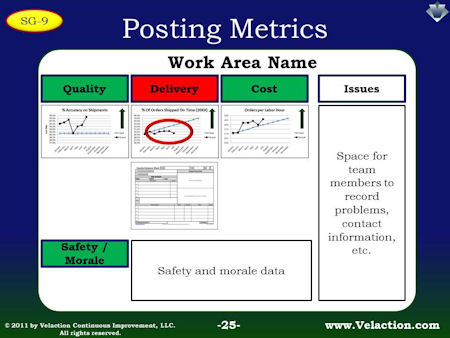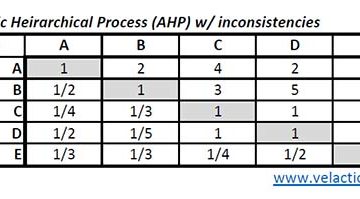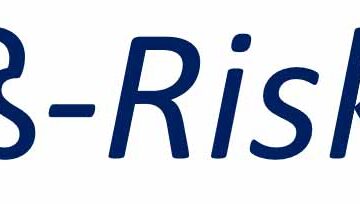Calibration
Calibration is the process of comparing the measuring or output capabilities of a piece of equipment to a known standard. This allows for one of two basic actions that make sure that the equipment can be used effectively. You can apply a correction factor to the instrument, much like “Kentucky Windage.” Or you can actually adjust the machine to remove the gap between the reference standard and the item being calibrated. In the common vernacular, Read more…









